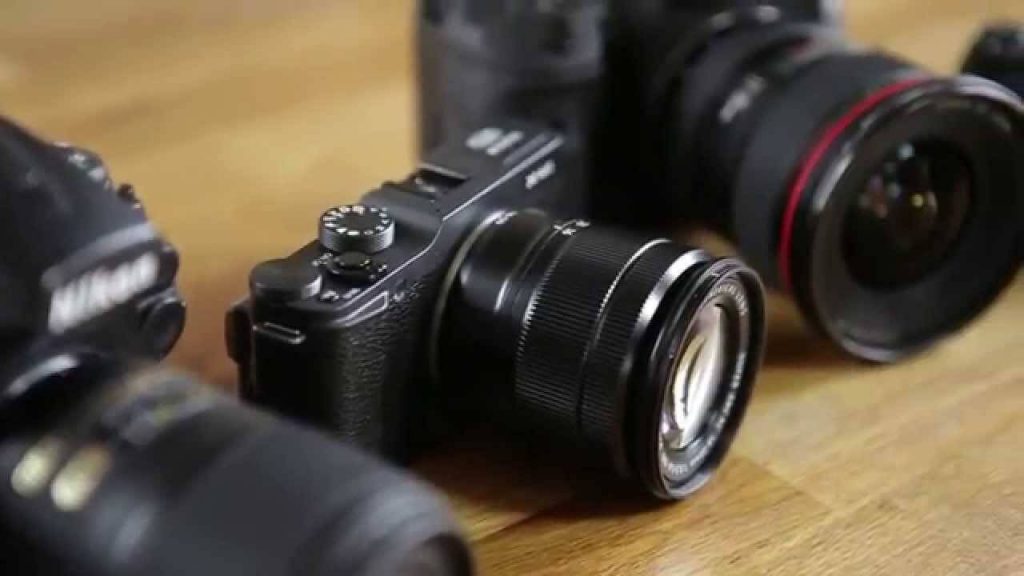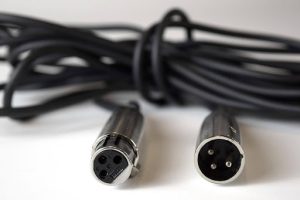How to choose the Right Digital Cameras?

How to choose the Right Digital Cameras?
It is really important to buy the best digital camera for making some memories last forever. I know that smartphones have really quality camera these days, but you can’t compare photographs taken with smart phone to the ones with digital camera.
Digital cameras are better in many ways, for example, they have better focus, zoom, overall specification etc. That’s why digital cameras are still pretty popular on the market. There are some brands and companies that are specified in technology, digital cameras and all about cameras, such as, Nikon, Canon, Olympus….
How to choose the best digital camera?
But, the real question is how to choose the best bridge camera for you among all those models and companies?
Everybody has special habits, desires and ways of living and everybody should choose the camera that is the best for them, because they will use the camera almost every day and if the camera is perfect for them, they will have plenty great memories around them.
Before buying the camera, people should know few thing that they must consider. Here are some guidance to help you choose the best digital camera for you:
Guide for buying the best digital camera
In digital imaging, the resolution is measures in pixels, meaning how many pixels the camera uses to produce an image. Past years camera resolution was very important when choosing one, but these days, almost every digital camera has a high-resolution.
It can even happen, if you buy cheap digital camera with high-resolution, you might end up with a camera that can’t process the image and it works really slow. This used to be important, but these days, it isn’t that important. Actually, if the pictures are too big, it can unnecessarily take too many place on your memory card.
Lens
About lenses, there are two terms you must test, aperture and focal length. The focal length is measured in millimeters, it conveys the magnification of the image and the angle of view. As you increase the focal length, things look bigger and occupy more frame.
These angles can be ultra wide, wide, normal, telephoto, supertelephoto etc. A lens that covers multiple focal lengths is a zoom lens. The aperture is the size of the opening that lets the light in. The lower the aperture is, the larger the picture is.
Wider apertures let in more light, meaning it gives you more control over the depth of the field. A lens with a wide aperture, also known as fast/bright are better than ones with a narrow aperture are slow.
Image stabilization
This feature keeps your photos from displaying the shake of the camera or your hand. There are two types: in-camera sensor shift and in-lens optical. The optical IS is better for shooting the video, besides from that, their performance is pretty similar.
Cheaper cameras have electronic IS, which is a perfect combination of these two types, but that makes the pictures not so great in low lightning.
Battery life
In the past, digital cameras had a place for rechargeable AA size batteries, which you could take out and recharge outside the camera. This days this is pretty rare, maybe with some cheap digital cameras.
Almost every camera uses lithium-ion rechargeable battery pack, which lasts longer and it recharges in the camera. It is good to check out what is the rating of the battery, which is standardized by CIPA.
Table of Contents
Personal Choice
Choosing the right travel camera is a personal decision. What may be a great option for me may not be a good option for you.
Keep in mind that the more portable the camera is, the more likely you are to use it during your adventures. And, unless you’re looking to enlarge your images, it may not be that important to have a camera with a large sensor.
Finally, it is worth mentioning that renting a camera is a good option.








